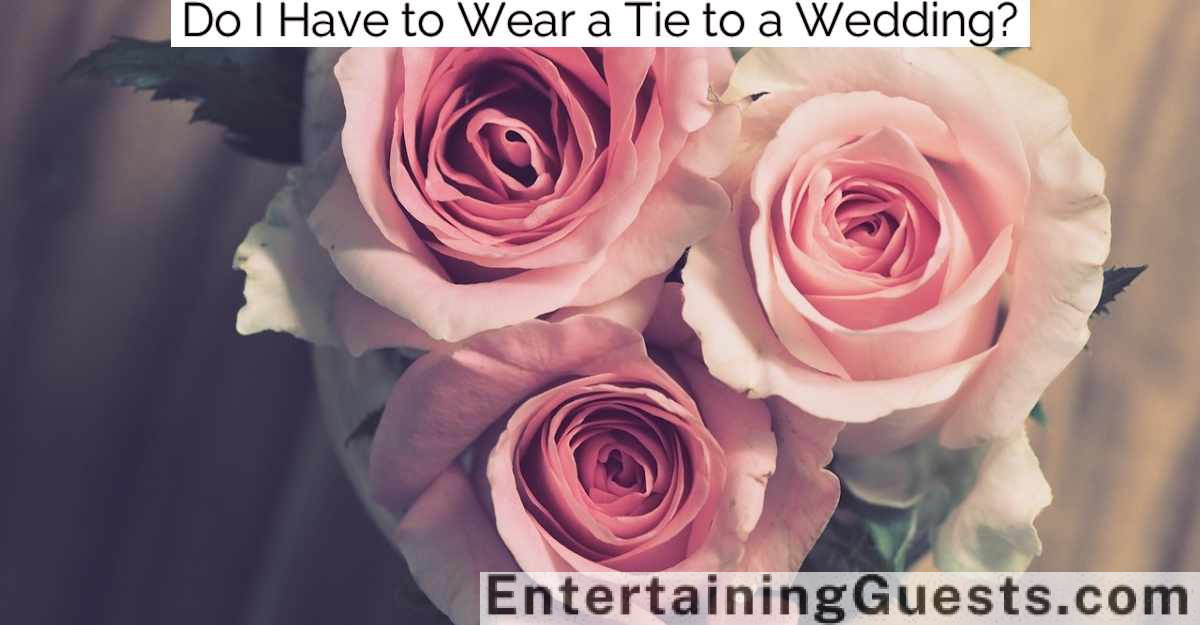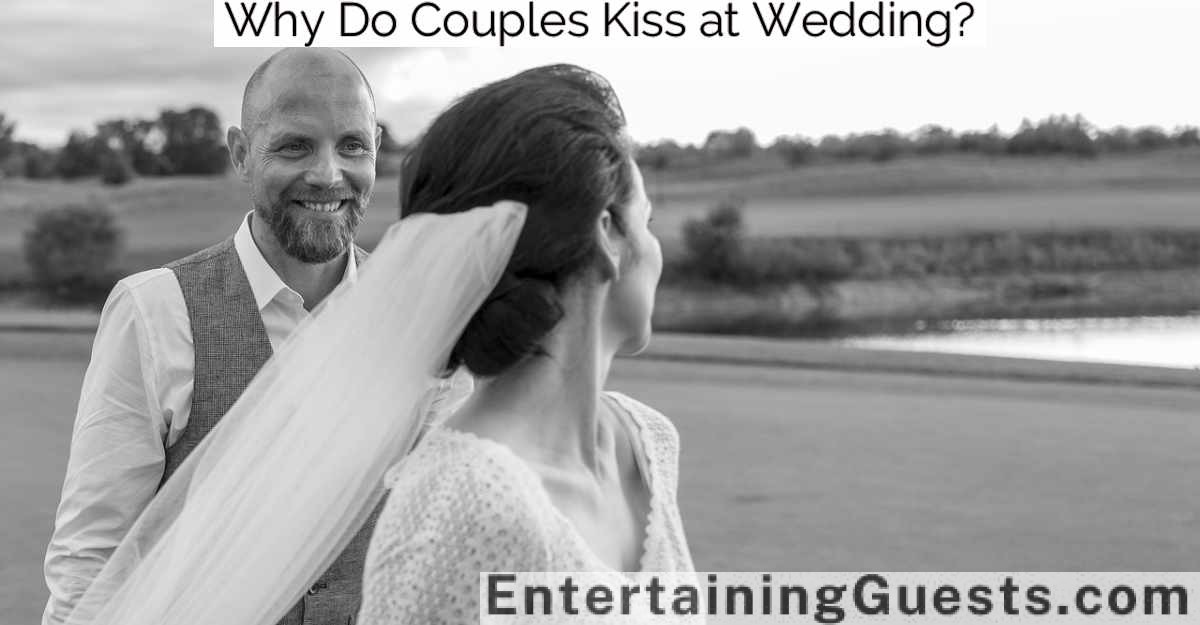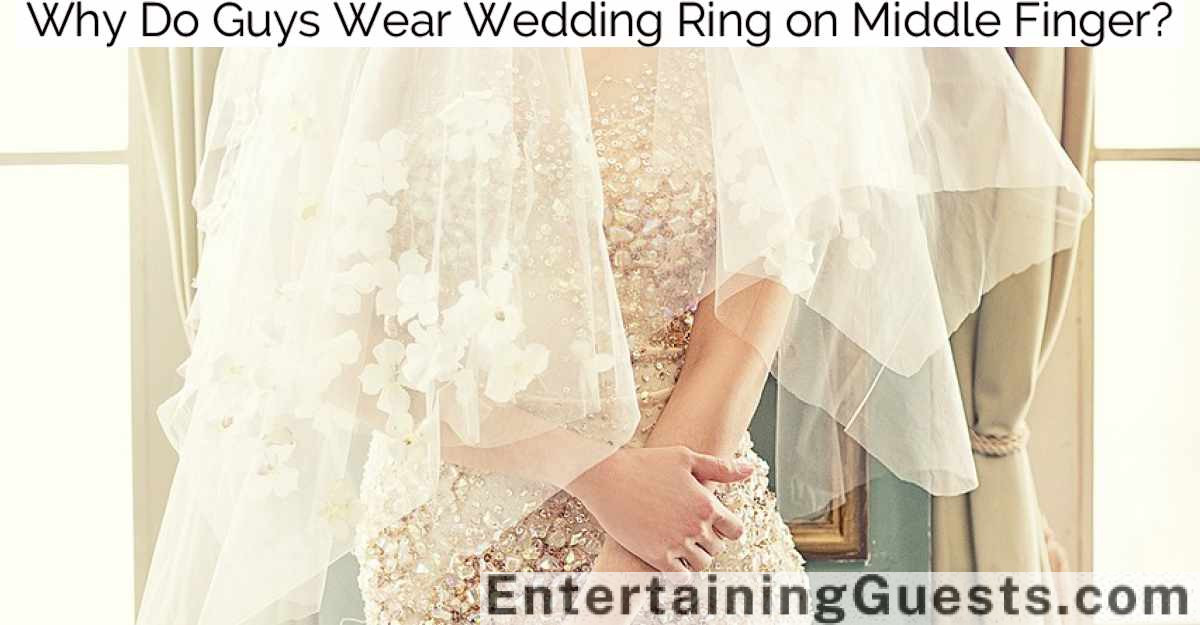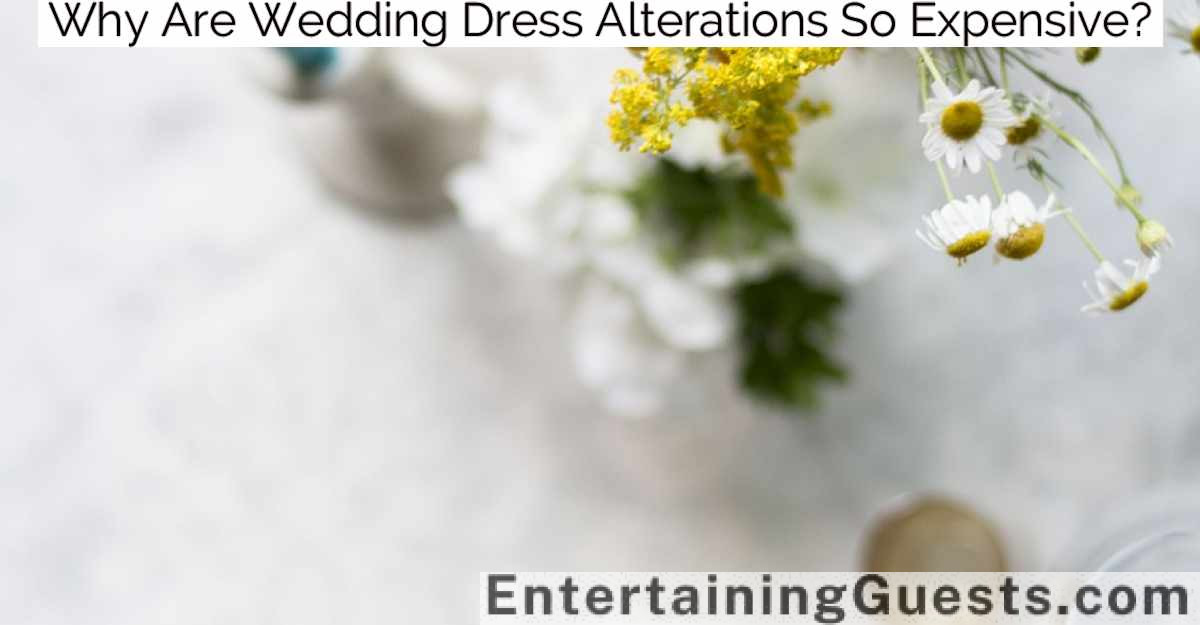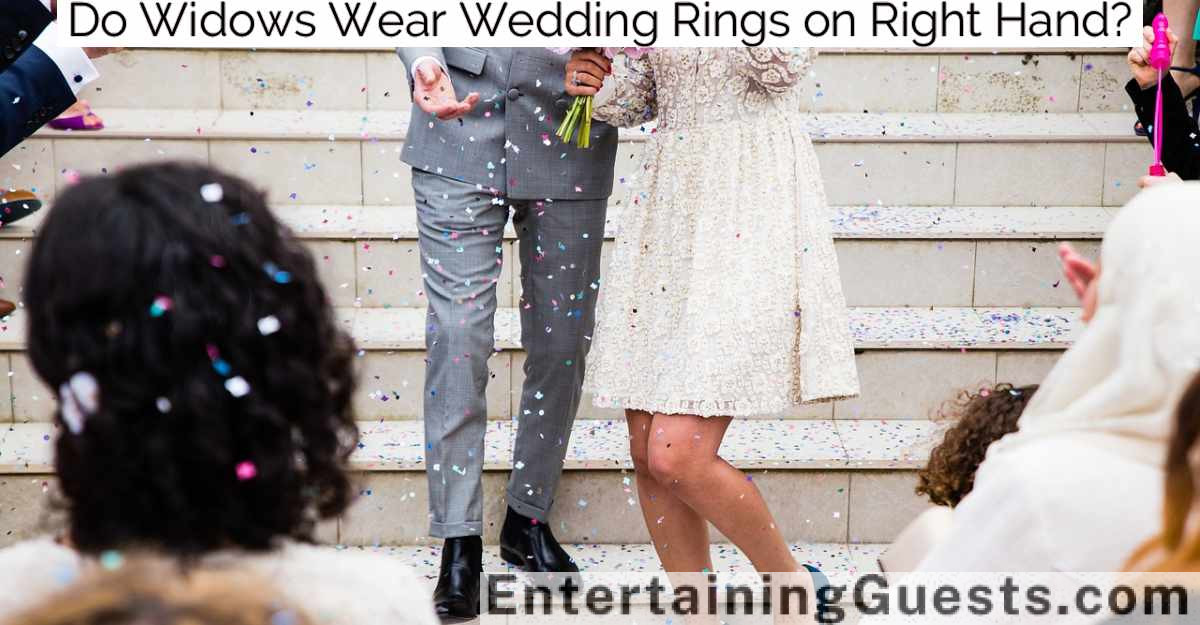Yes, generally you need to wear a tie to a wedding unless the dress code suggests otherwise.
If the invitation states "Black Tie" or "Black Tie Optional," a bow tie or a dark, conservative necktie is expected.
For "Semi-Formal" attire, choosing a classic necktie in a muted color or subtle pattern would be appropriate.
In the case of a casual wedding, you might find options for more playful tie designs, or you might even skip wearing a tie.
Always take into account the time, setting, and the level of formality indicated by the invitation’s style and wording to ensure you dress appropriately for the occasion.
Understanding these dress code nuances will help you make the right choice for any wedding environment.
Understanding Wedding Dress Codes
Maneuvering the array of wedding dress codes can initially seem intimidating, but understanding the expectations is key to selecting appropriate attire.
At its core, each dress code denotes a specific level of formality and style that you’re expected to adhere to. For instance, "Black Tie" demands a tuxedo for men and an evening gown or sophisticated cocktail dress for women. Conversely, a "Cocktail Attire" code allows for more flexibility, often encompassing suits for men and shorter, elegant dresses for women.
When faced with a "Semi-Formal" invitation, you’re looking at a blend of formal and casual. Men can opt for a suit and tie, and women might choose a cocktail dress or a sophisticated skirt and top.
Meanwhile, "Casual" usually means business casual—think dress pants with a button-down shirt for men and a casual dress or pants outfit for women.
Understanding these codes guarantees you’re neither overdressed nor underdressed. It’s about respecting the couple’s wishes and contributing to the intended atmosphere of their special day.
Always consider the venue and time of the wedding, as these can influence the appropriateness of certain outfits even within the specified dress code.
Decoding the Invitation: Clues and Tips
Once you receive a wedding invitation, closely examining its details is essential for understanding the expected dress code.
Begin by noting the formality of the language used; formal, traditional wording often hints at a more formal attire requirement, while a casual tone suggests a relaxed dress code. The choice of paper and font style can also provide clues. Elegant, heavyweight card stock paired with classic fonts typically indicates a formal event.
Next, consider the venue stated on the invitation. Historic or upscale locations usually call for formal wear, whereas a beach or garden setting might allow for a more casual approach.
Pay attention to the time of the event as well; evening weddings generally require more formal attire than morning events.
If the invitation includes specific dress code terms like "black tie," "cocktail attire," or "casual dress," you’ve got clear instructions.
However, in the absence of such explicit cues, you’ll need to infer the dress code from these subtle hints. When in doubt, it’s safer to err on the side of slightly more formal attire to guarantee you’re appropriately dressed for the occasion.
Tie Etiquette for Different Wedding Styles
Understanding tie etiquette for different wedding styles guarantees you’ll always look your best and respect the couple’s chosen theme. Each wedding type has its own set of rules for ties, which you should adhere to closely.
For a black-tie wedding, you’re expected to wear a black bow tie with a tuxedo. This is non-negotiable.
A formal, yet slightly less stringent option is a black-tie optional event where a dark, conservative necktie is acceptable with a dark suit if you don’t own a tuxedo.
At a semi-formal wedding, more latitude is provided. Here, a classic necktie, preferably in a muted color or a subtle pattern, complements a suit well.
This setting might also be appropriate for slightly more adventurous tie choices, such as a tasteful paisley or striped pattern.
For a casual wedding, the rules relax considerably. You could opt for a light, playful tie design.
Floral patterns, lighter colors, or even a bow tie in a bright hue are suitable choices that add personality without sacrificing formality.
Always remember, the key to selecting the right tie is to take into account the formality of the event and the couple’s style preferences.
This guarantees you look harmonious and appropriate for their special day.
Alternatives to Wearing a Tie
While tie etiquette plays a significant role in adhering to wedding themes, there are fashionable and acceptable alternatives if you prefer not to wear a tie. A mandarin collar shirt offers a clean, sleek look that stands out without the need for a tie. This style, characterized by its small, upright collar, provides a modern and minimalist aesthetic suitable for both casual and formal weddings.
Alternatively, you might consider a banded collar shirt, which also eliminates the need for a tie while maintaining a polished appearance. These shirts typically feature a band at the neck, offering a blend of traditional and contemporary styles that work well under a suit or with dress pants.
For a more relaxed yet stylish option, a high-quality polo shirt can be appropriate, especially for beach or outdoor weddings. Choose a polo in a luxe fabric like silk blend or fine cotton to elevate the look. Make sure it fits well—not too loose but comfortable.
Lastly, a Henley shirt could be a viable option. Known for its row of buttons beneath a round neckline, a Henley can be dressed up with a tailored blazer to achieve a smart-casual look that respects the occasion without the formality of a tie.
Accessorizing Your Wedding Outfit
In addition to choosing the right attire, selecting appropriate accessories can greatly enhance your wedding outfit. As you’re deciding on what to wear, consider the venue, time of day, and dress code specified in the invitation to guide your choices.
If you’re opting out of a tie, think about other elements that can elevate your look. A well-chosen pocket square can add a pop of color or a touch of sophistication. Make sure it complements, but doesn’t exactly match, your shirt or suit.
Cufflinks are another subtle way to express your style while adding an air of formality. Choose a pair that reflects your personality but remains elegant and understated.
For a daytime outdoor wedding, a hat could be both a stylish and practical addition. A Panama or a fedora, depending on the formality, can shield you from the sun while enhancing your ensemble.
Conclusion
In summary, whether you must don a tie to a wedding hinges largely on the specified dress code. Carefully examine the invitation for any cues and consider the formality of the venue and time of day. For less formal weddings, alternatives like a stylish neckerchief may suffice. Always prioritize a polished look by thoughtfully selecting accessories that complement your ensemble. Ultimately, adhering to these guidelines guarantees you respect the event’s decorum while expressing your personal style.
